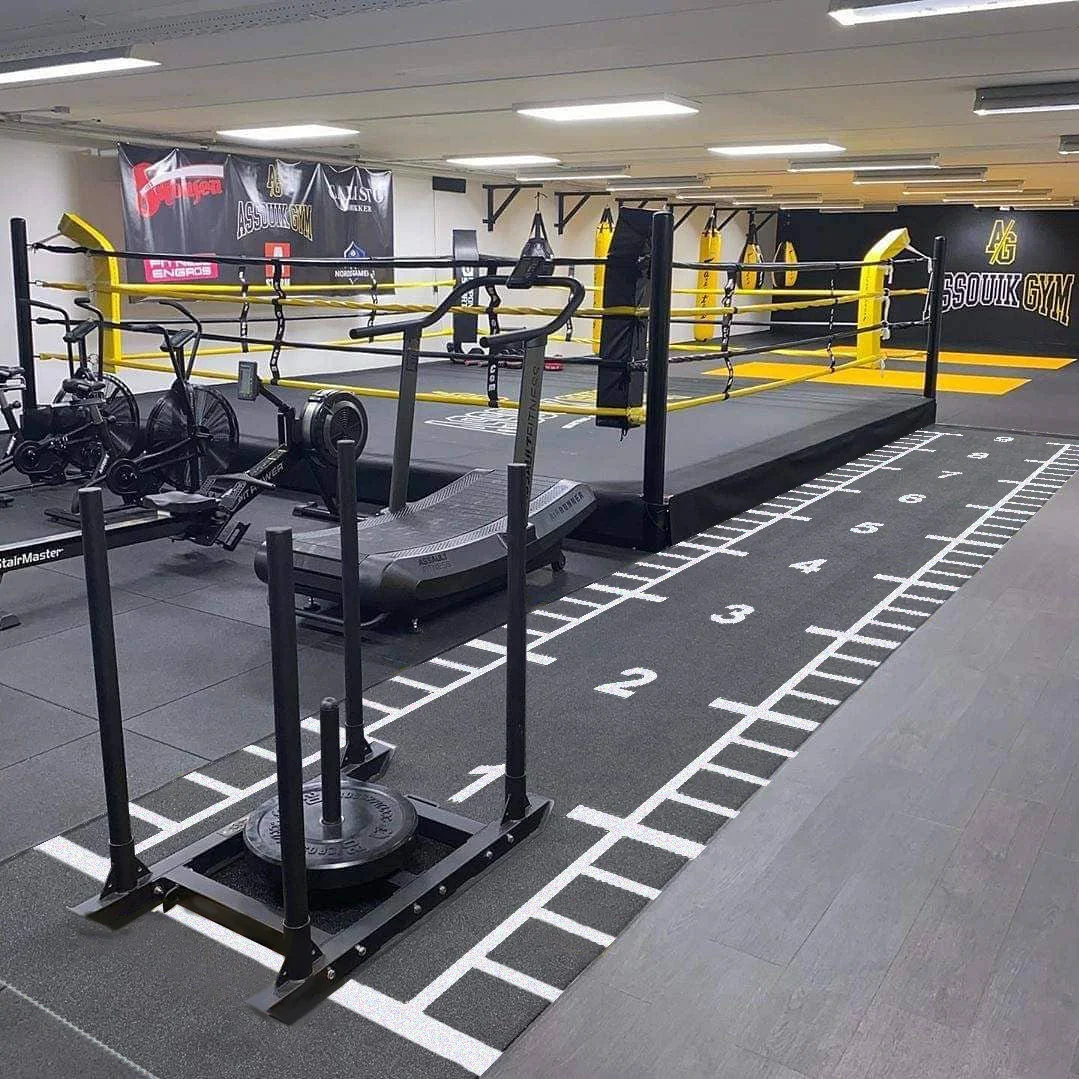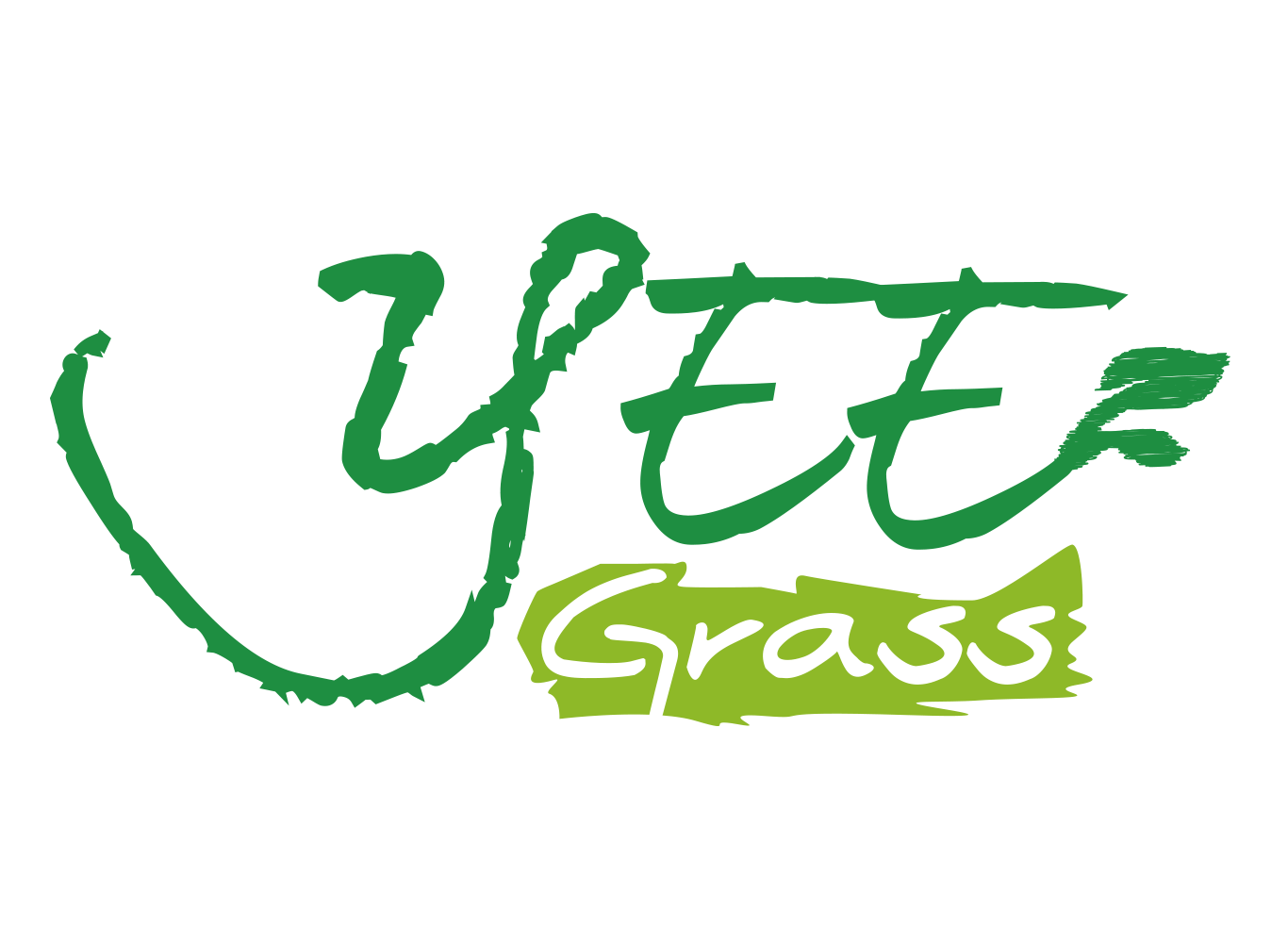
Artificial grass is known for being low-maintenance compared to natural lawns—but that doesn’t mean it never needs a clean! Whether you’re dealing with pet messes, fallen leaves, or just the dust of everyday life, keeping your synthetic turf fresh is key to maintaining its appearance and extending its life. In this guide, we’ll walk you through everything you need to know about how to clean artificial grass, from everyday upkeep to deep-cleaning tips.
Why Artificial Grass Still Needs Cleaning
Even though you don’t need to mow or water artificial grass, dirt, debris, and bacteria can still build up. Regular cleaning:

– Keeps the surface looking vibrant and fresh
– Prevents odor, especially in pet areas
– Reduces bacterial buildup and allergens
– Prolongs the lifespan of your turf
Whether it’s your backyard, gym turf, or a pet run, a clean surface ensures a healthier, more pleasant environment.
How Often Should You Clean Artificial Grass?
Cleaning frequency depends on usage:
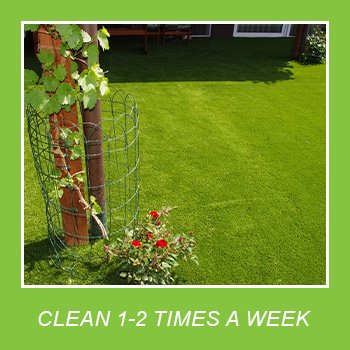
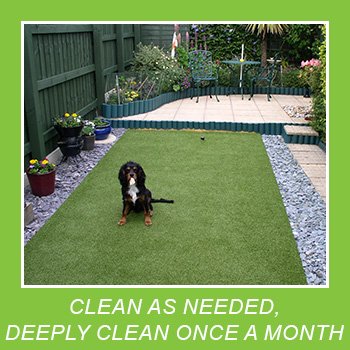
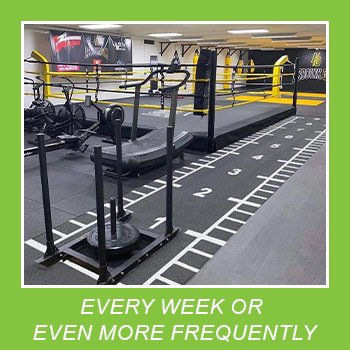
Residential lawns: Light cleaning every 1-2 weeks
Pet areas: Spot cleaning as needed, deep clean monthly
Commercial or gym turf: Weekly cleaning or more, depending on traffic
Signs it’s time for a deeper clean:
– Unpleasant odors
– Discoloration or buildup
– Grass blades sticking together
Basic Daily & Weekly Maintenance
You don’t need expensive tools to keep turf clean. Here’s a basic routine:

1. Brush the Grass
– Use a stiff-bristled broom or turf rake
– Brush against the grain to lift fibers and remove debris

2. Remove Debris
– Pick up leaves, twigs, or trash
– Use a leaf blower or plastic rake

3. Rinse with Water
– Hose down the turf to remove dust and pollen
– Helps keep the surface cool in hot weather
Pro tip: Avoid metal tools that can damage the turf backing.
How to Remove Common Stains & Messes

1.Food or Beverage Spills
– Mix a small amount of mild dish soap with water
– Use a sponge or soft cloth to blot the area
– Rinse thoroughly with clean water
2.Pet Waste
– Remove solid waste with gloves or a scoop
– Rinse the area
– Mix equal parts vinegar and water or use a pet-safe enzymatic cleaner


3.Gum or Sticky Substances
– Freeze with ice packs or canned air
– Gently scrape with a plastic putty knife
4.Oil or Grease
– Blot excess with paper towels (do not rub!)
– Apply a mix of mild detergent and warm water
– Rinse well

Deep Cleaning: Tools and Methods
For a deeper clean (recommended monthly or quarterly):
– Power brush or stiff broom**: Fluff the blades and loosen dirt
– Leaf blower: Clears debris quickly
– Antibacterial turf sprays: Especially useful in pet zones or gyms
– Deodorizers: Neutralize pet or sweat odors
You can also hire a professional turf cleaning service if the area is large or heavily soiled.
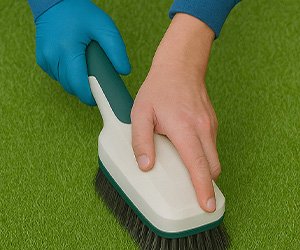



Preventing Odors and Bacteria
– Stay dry: Moisture buildup leads to mold and mildew
– Rinse regularly in pet areas
– Use turf deodorizer or baking soda for natural odor control
– Don’t allow food, chewing gum, or glass near turf when possible
Common Mistakes to Avoid When Cleaning Artificial Grass
While cleaning artificial grass is generally simple, some mistakes can cause lasting damage. Here are common errors to avoid:
- Using a high-pressure washer
It may seem efficient, but excessive pressure can damage turf fibers and the backing layer.
- Using bleach or strong acidic/alkaline cleaners
These chemicals can corrode the fibers and backing, causing discoloration and weakening the structure.
- Scrubbing with metal brushes or using metal tools
Sharp edges can scratch the turf surface or tear the backing.
- Rinsing with hot water during high temperatures
Heat can soften synthetic fibers and lead to permanent deformation.
- Not rinsing off cleaning agents completely
Residues can attract more dust and dirt over time, making the turf appear dirtier.
✅ The right way: Use warm water, a mild detergent, and soft-bristled tools. Always rinse thoroughly after cleaning.
Cleaning Tips by Scene

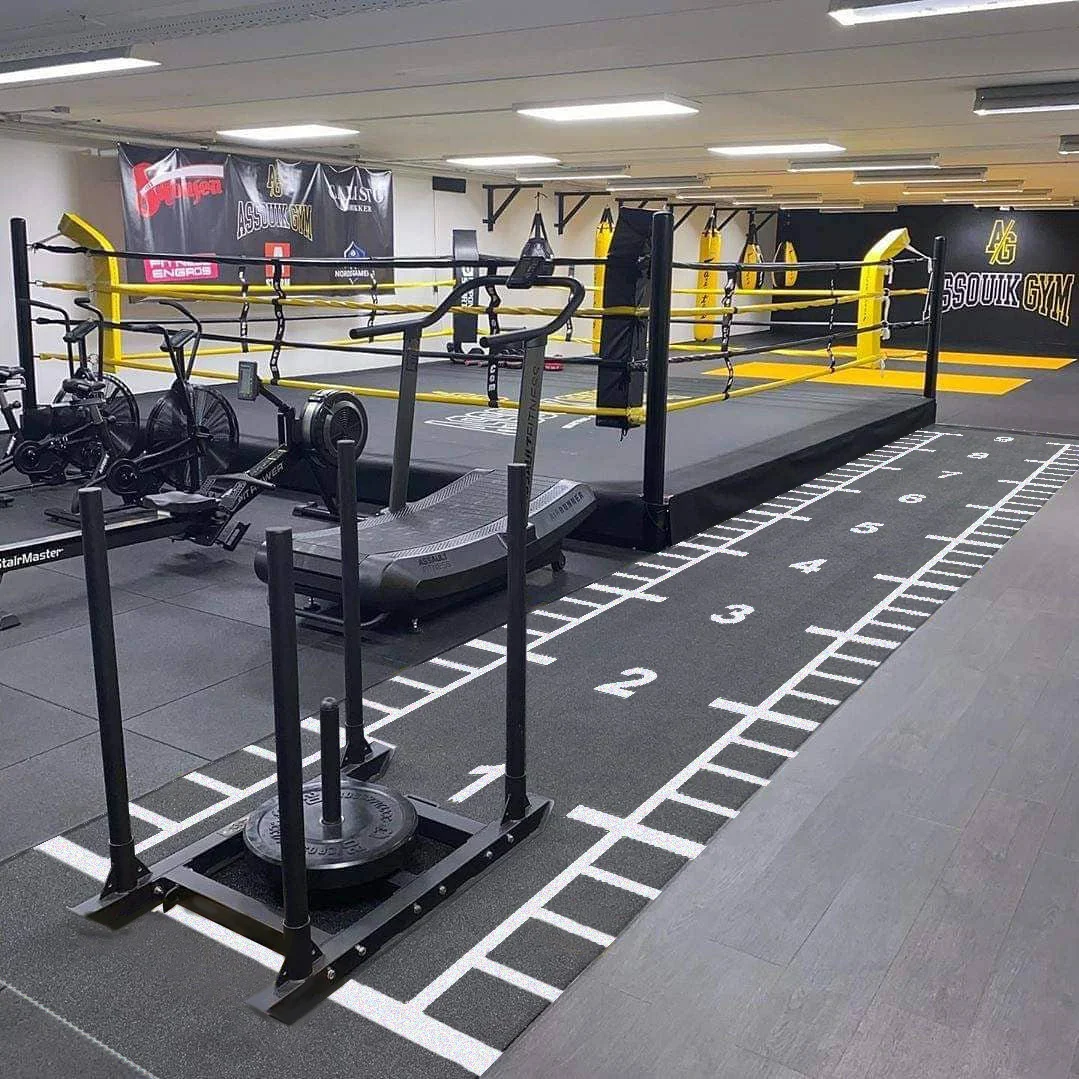


· Home Lawns
– Focus on aesthetics and light cleaning
· Gym Turf
– Remove chalk, sweat, and heavy foot traffic residue
– Use disinfectant spray weekly
· Pet Turf
– Prioritize odor control and sanitation
– Use enzyme-based cleaners
· Commercial Landscapes
– Maintain a polished look for clients
– Schedule regular professional maintenance if needed
Final Thoughts
Artificial grass is easier to care for than natural lawns, but a little routine maintenance goes a long way. With just a broom, hose, and the right attitude, your turf can stay green, clean, and inviting for years.
Need low-maintenance, easy-to-clean artificial grass? [Check out our premium turf collection here.]
Or contact us for personalized maintenance tips based on your turf type!

